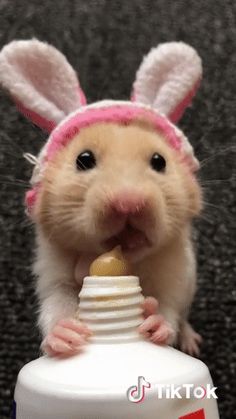
Long-haired cavies needs more attention in keeping them. The heredity transmission of its curliness fur is dominant. A Curly with cowlicks is called a Curly Abyssinian – this is shown on the picture. The fur of a curly is distant and abrasively and has two swirls on the pigs haunch. The difference is that Somali has curly short and close fitting hair like Rex or Teddy cavies. The fur length is ~25mm and has no swirls.īecause of its cowlicks they belongs to the Abyssinian. The Ridgeback has a continuous hair comb on its back starting from its ears along the whole spine. A crest is undesired but almost accepted.

The fur is tight – at least 60mm long and distant. The CH-Teddy has longer hair than other Teddys or Rex cavies. At least there are two different hair types: Wirily and fluffy.

The peritoneum is smoother than the hair on its back. You might confound US-Teddys with Rex but the fur is more tight and shorter. The length is at max 35mm but due to its curliness it is close-fitting on its body. The wooly-pig! Rex is a short-haired cavy with very curly distant hair without guard-hair. The fur is mid-length and the color varied. Two of them are at its haunch and the other two cowlicks are at the front of its body. This kind has exact eight cowlicks on its back. The Peruvian has two swirls on its back, comes in various colors and its fur is mid-length. But if you take a look to the long-haired breed you will understand this fact because the short haired fur won’t grow that much. The short hair Peruvian might not look as it is specified as a short-haired. If its swirl has white color it is called American Crested. Crested cavies come in two variants: If the crest is in main fur color it is called a English Crested. The difference to the default American cavy is the swirl on its forehead. These cavies have also a short and tight fur. The American cavy ist the most common type of all Guinea Pigs and domesticated almost worldwide. Due to its fur you won’t need to cut the hair and can pay less attention of caring. The race of short-haired cavies is very popular and contains the most common domesticated Guinea Pigs worldwide. Our descriptions are from the european point of view and might conflict with definitions given by the ABCA. So we intent to describe breeds only by the well known distincts and leave the esotericism untouched. Furthermore there are some specific differences of breed definitions. We think it is deeply shady and it conflicts with all of our longtime experience. There are a lot of myths outthere wich impute individual temperament and characteristicals to breeds. There are fattened animals as well as skinny pigs or cavies with a very special fur. At first all cavies are separated in the top categories of long-haired or short-haired and this two categories contains a lot of more breeds in it. All known differences are a result of domestication and specific breeding of course. If we take a look around the world we’ll find a lot more breeds out there because Guinea Pigs are not only used as sweet domesticated animals. But to determine the breed of a cavy is not as complicated as it seems if you have a detailled look for it.

Eye issues: Guinea pigs can get eye infections, such as pink eye, as well as scratches and other issues.Dental issues: Overgrown teeth and other problems in the mouth can cause difficulty eating, drooling, weight loss, and even sinus infections.
#Teddy guinea pig skin
Skin parasites: Parasites, such as mites and lice, can affect guinea pigs and might cause itching and hair loss.Respiratory diseases: These are often bacterial infections that can cause difficulty breathing, loss of appetite, and more.


 0 kommentar(er)
0 kommentar(er)
